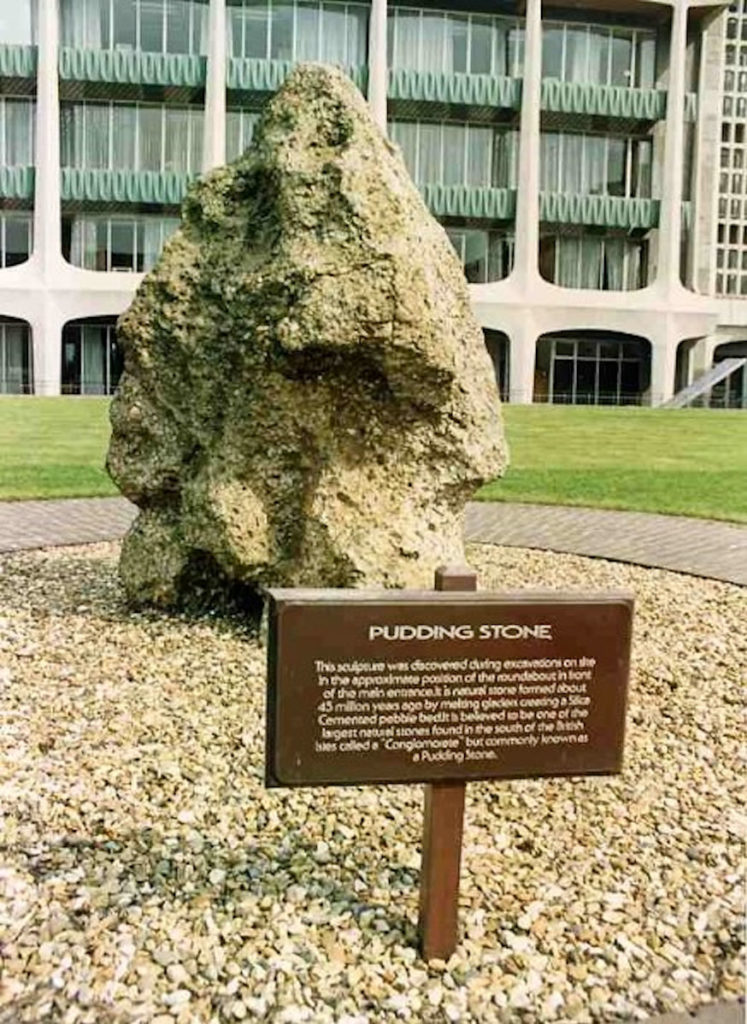The following sites have been selected to represent the different aspects of geology and landscape in the district. Not all sites have something to see; many are solely of historical interest as a record of an important or interesting discovery.
Some sites are not strictly geological but have a geological connection. Geological sites are therefore defined in their widest sense and include, for example, buildings, walls, wells, spas, springs, graves, boreholes, plaques, landslips and viewpoints.
This is not a complete list of geological sites in the district. Others will be added and descriptions expanded as further research is carried out.
Important note:
Not all of the sites here described are accessible. Some sites are on private land and can only be viewed from footpaths that pass through or alongside the site. Inclusion of a site on this list does not, therefore, imply any right of access. Please remember not to trespass on private land.
Sites of Special Scientific Interest (SSSIs)
No geological SSSIs have been notified in the district.
Local Geological Sites (LoGS)
No LoGS have yet been notified in the district as the notification process is still underway.
Other Sites
HARLOW. Excavations for Harlow New Town
The creation of Harlow New Town in the 1950s involved excavations in the sands, gravels and clays that were laid down during the Ice Age. Many fossils were found, the majority of which were from the boulder clay or till which was deposited by an ice sheet 450,000 years ago. A number of the fossils were of Jurassic Age, a fine example of which was a large ammonite found when constructing the artificial ski slope, formerly on Fifth Avenue.
In Harlow, the sequence of Ice Age deposits is comparatively complex. Boreholes and surface mapping have revealed that over much of the town there are two layers of gravel, separated by and overlain by boulder clay. The upper boulder clay caps much of the high ground of the New Town and the lower boulder clay crops out along the river valleys. The two clays differ in their constituents, which has led geologists to suggest that they are of different ages, perhaps even deposited by different ice sheets. It is now thought that the two are indistinguishable, the different character being due to the chalk fragments in the lower clay being dissolved by groundwater. All the boulder clay in Harlow is now accepted as part of the main sheet of chalky boulder clay; in most parts of Essex it is a single unit but in Harlow it contains beds of glacial sand and gravel, probably laid down in front of the advancing ice sheet.
Fossils from the excavations are in the collections of Harlow Museum and were originally on display to the public when the museum was situated in Passmores House on Third Avenue. Regrettably, since the move of the museum to new premises at Muskham Road the decision was taken to concentrate on human history and wildlife and no specimens relating to the geological heritage of the town are now on display.
HARLOW. The Harlow Puddingstone (TL 428 090)
A large boulder of puddingstone 1.65 metres high stands upright in the private quadrangle of the offices of Glaxo SmithKline (formerly BP House) in Third Avenue. It was discovered during construction of the building in 1966. For security reasons the boulder is not accessible to the general public and can only be viewed by appointment.

